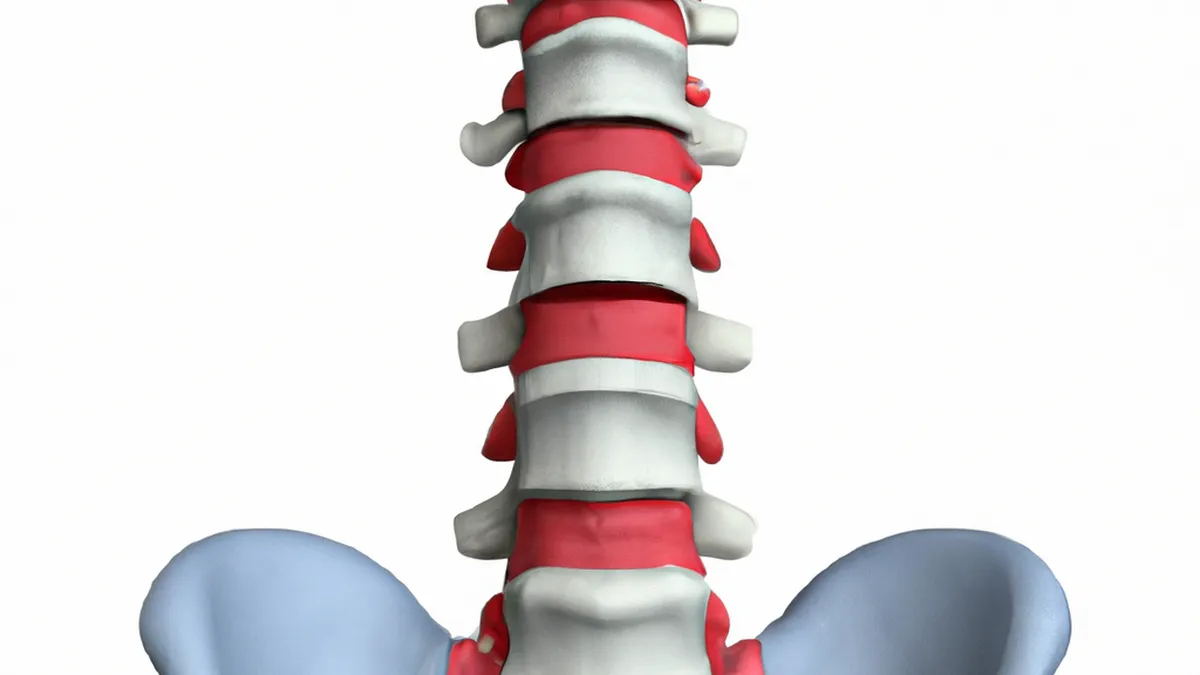Innovate Your Workouts for Spinal Safety
The Importance of Adapting Fitness Programs for Lumbar Spine Issues
Lumbar spine issues affect millions globally, causing pain, discomfort, and reduced mobility. Adapting fitness programs for these conditions is crucial. This adaptation helps individuals maintain healthy lifestyles while managing symptoms. This blog post highlights the importance of tailoring fitness routines for lumbar spine issues. We will share tips, advice, and benefits of these adaptations.
Understanding Lumbar Spine Issues
Lumbar spine issues range from mild discomfort to severe pain. Common conditions include herniated discs, sciatica, and spinal stenosis. Poor posture, injury, or degenerative diseases often cause these problems. For those affected, fitness can present both challenges and solutions.
Recognizing the Symptoms
Recognizing symptoms of lumbar spine issues is vital before adapting a fitness program. Look for:
– Lower back pain
– Numbness or tingling in the legs
– Muscle weakness
– Difficulty standing up straight
If you notice these symptoms, consult a healthcare professional. They can diagnose your condition and recommend suitable exercises.
Assessing Your Current Fitness Level
Assess your current fitness level before making changes. Consider your physical capabilities and limitations. This assessment helps you set realistic goals and choose appropriate exercises.
Tips for Adapting Your Fitness Program
Adapting your fitness program for lumbar spine issues requires careful thought. Use these tips to create a safe and effective routine.
Focus on Core Strength
A strong core supports the lumbar spine. Strengthening these muscles reduces strain on the lower back. Incorporate exercises like planks, bridges, and pelvic tilts. Start slowly, increasing intensity as you progress.
Prioritize Flexibility and Mobility
Include stretching and mobility exercises in your routine. Gentle stretches enhance flexibility and reduce tension. Consider yoga or pilates for spinal alignment and flexibility. Listen to your body; stop if any movement causes pain.
Choose Low-Impact Activities
Low-impact exercises minimize stress on the lumbar spine. Swimming, cycling, and walking are excellent choices. They promote cardiovascular health without straining your back. Aim for at least 150 minutes of moderate exercise weekly.
Consult a Professional
Consult a fitness professional or physical therapist when in doubt. They can design a program tailored to your needs. Working with an expert ensures safe and effective exercise performance.
Advice for Staying Motivated
Staying motivated can be challenging with lumbar spine issues. Use these strategies to help you stay on track.
Set Realistic Goals
Set achievable fitness goals and break them into smaller milestones. Celebrate your progress along the way. This approach keeps you motivated and focused on improvement.
Find a Workout Buddy
Working out with a friend makes exercise enjoyable. A workout buddy provides support and accountability. Together, you can encourage each other to stay committed.
Keep a Log
Maintain a fitness journal to track your progress. Write down workouts, feelings, and challenges. This practice helps you reflect on your journey and adjust your program as needed.
Benefits of Adapting Fitness Programs
Adapting your fitness program provides numerous benefits. Here are some key advantages.
Improved Pain Management
Tailoring your fitness routine can reduce pain significantly. Focusing on core strength and flexibility alleviates pressure on the lumbar spine. Consequently, you experience less discomfort during daily activities.
Enhanced Mobility
A well-adapted fitness program increases your range of motion. Improved mobility allows you to perform everyday tasks with ease. It also enhances your overall quality of life.
Increased Confidence
As you progress in your fitness journey, you will gain confidence. Achieving your goals boosts self-esteem. This newfound confidence encourages you to tackle new challenges in fitness and life.
Conclusion
Adapting fitness programs for lumbar spine issues is essential for a healthy lifestyle. Focus on core strength, flexibility, and low-impact activities to manage symptoms effectively. Consulting professionals and staying motivated will enhance your journey. Remember, the key to success lies in gradual changes and listening to your body. Prioritize your health and well-being to enjoy the benefits of an adapted fitness program. Embrace your journey toward a healthier, pain-free future!
Below are related products based on this post:
FAQ
What are common symptoms of lumbar spine issues?
Common symptoms of lumbar spine issues include lower back pain, numbness or tingling in the legs, muscle weakness, and difficulty standing up straight. If you experience any of these symptoms, it’s important to consult a healthcare professional for a proper diagnosis and guidance on suitable exercises.
How can I adapt my fitness program for lumbar spine issues?
To adapt your fitness program, focus on strengthening your core, prioritizing flexibility and mobility through gentle stretches, and choosing low-impact activities like swimming, cycling, or walking. Consulting a fitness professional or physical therapist can help you design a tailored program that meets your specific needs.
What are the benefits of adapting fitness programs for lumbar spine issues?
Adapting your fitness program can lead to improved pain management, enhanced mobility, and increased confidence. By focusing on core strength and flexibility, you can alleviate pressure on the lumbar spine, allowing you to perform daily tasks with greater ease while boosting your self-esteem as you achieve your fitness goals.















Post Comment